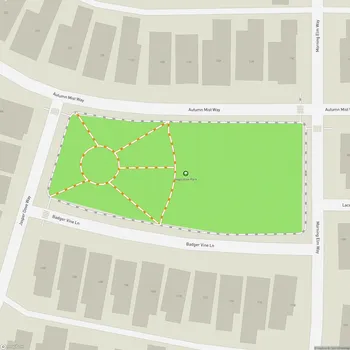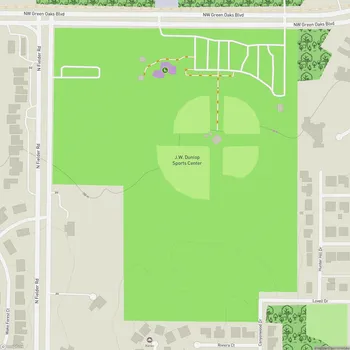Marrow Bone Spring Park
Interactive Park Map
About Marrow Bone Spring Park
A Glimpse into History
Found in Arlington, Texas, Marrow Bone Spring Park spans 12 acres along Arkansas Lane. This cozy spot is on the National Register of Historic Places (has been since November 1978), which speaks to its historical significance.
Native American Roots
Long before selfies and food trucks, this land was home to indigenous peoples, with evidence pointing to settlements dating back to the 1700s or even earlier.
The park's intriguing name reportedly came from a conversation about buffalo bone marrow between explorers La Salle and Sieur Moranget, with 11 Native Americans present as witnesses. Not your typical origin story!
Pioneering Days
In 1843, this spot became historically significant as the first European settlement south of the Trinity River. President Sam Houston's representatives chose this location while seeking peace with local tribes.
Just two years later, entrepreneurs Mathias Travis and I.C. Spence established a trading post here, doing business with Native Americans from the surrounding region.
Natural Beauty
Johnson Creek flows through the park - though old-timers might still call it by its former name, Marrow Bone Spring. Along its banks, you can spot boulders where Native Americans once ground their grain - nature's original food processors!
This spot also holds the distinction of being where the first Indian treaty was signed. Depending on when you visit, the creek might be flowing generously or just offering a modest trickle, adding to the park's ever-changing character.
Getting Active
While honoring its past, the park also functions as a recreational space.
The paved walking trails meander through the grounds, suitable for a morning jog, an afternoon stroll, or a casual bike ride. You can explore the park's natural beauty while connecting with its history.
Peaceful Retreat
Need a break from the hustle and bustle? This park offers a quiet natural haven within city limits. Its serene atmosphere makes it ideal for clearing your head or finding a moment of calm.
With its open green spaces and natural areas, you can reconnect with nature without leaving Arlington. The well-maintained grounds and security measures help ensure your visit is both enjoyable and safe.
Looking Forward
The park continues to evolve. In December 2010, plans were set in motion for a new trail and parking lot.
By June 2013, attention turned to tackling erosion issues - part of ongoing efforts to preserve this historic space for future generations.
All Features & Facilities
Nature & Wildlife
Water Features & Activities
Visitor Services
Food & Gathering
Photo Gallery
ParkMagnet Score
Decent Park
Park Size
Opening Hours
Weather
Top Restaurants Near Marrow Bone Spring Park
Jamaica Gates Caribbean Cuisine
0.3 miles1020 W Arkansas Ln, Arlington, TX 76013
Caribbean restaurant serving authentic Jamaican dishes like oxtails and curry chicken with live reggae music.




